Surprise! We’re back from a very long blog hiatus, caused in part by having to go through a million pictures of the Inca Trail and Machu Picchu. It’s hard to believe it’s been almost two years since we did the Salkantay and Inca Trails! On July 4th, 2019, we embarked on a 7-day/6-night trek along the Salkantay & Inca Trails. The Inca Trail is the famous hike that ends in Machu Picchu, and most people just do this trek (it’s typically four days and three nights). We decided to do a longer version which would first take us on the Salkantay Trail, which is less popular but equally beautiful, before linking up with the Inca Trail. The total distance of the trek was 46.7 miles, but we did some bonus hikes so it was probably a bit more. There are way less people on the Salkantay Trail than the Inca Trail, so most days (after the first) we did not see other people.
As it turns out, most people do not want to spend a full week doing this trek, so we were the only people on our tour. We had a guide named Filio as well as porters who helped cook, set up camp, and carry our stuff. You cannot do the Inca Trail without a tour, and the tour experience is more like glamping than backpacking given that all you have to do is carry a daypack. It definitely felt pretty strange to have staff doing everything, and it made for the most pampered hiking/camping experience we’ve ever had (or will have).
On the first day of our trek we were picked up extremely early in the morning and taken on a windy drive from Cusco to our starting point a few hours away. We had a nice breakfast at the trailhead before we hit the trail with Filio. On the first day we hiked 7 miles to our campsite, where we actually slept in small cabins (we slept in a tent every other night). The cabins were very basic but had glass skylights to see the stars, which were of course very beautiful. We arrived at camp earlier than expected, so after lunch we embarked on a short hike up to Humantay Lake, a beautiful glacial lake next to a snow-capped mountain (unfortunately the light was off and we didn’t get any good pictures of the lake).
The following day we were supposed to hike 7 miles but added an extra hike to a very cold glacier since we had already gone to the lake the previous day.
After coming down from the glacier we had a beautifully scenic lunch in a valley and ended up chatting with a young boy who lived in the mountains and told us he walks 3 hours every day to school and 3 hours home.
After lunch we hiked up to our highest campsite, Ichupata, which sat at close to 14,000ft. Unsurprisingly it was a very cold night, and we’re pretty sure we went to bed at 7:30pm.
When we arrived the day before it had been cloudy and rainy, so we were amazed to wake up in the morning and see that we were camping at the base of Salkantay Mountain!
On the third day we did a nine mile hike that took us to the highest point of our whole trek – Salkantay Pass at 17,060 feet. Surprisingly it did not feel as terrible as expected! We had spent a month in Cusco at 11,152 feet, so we were pretty well acclimated (lots of people on the Inca Trail get sick because they don’t spend enough time acclimating). After feeling very accomplished and making it to the pass, we hiked down the other side of the mountain, stopped at a glacier, and then hiked through a beautiful valley to our campsite beside an Incan canal.
The following day we spent the first half of the day finishing up the Salkantay Trail before we joined up with the Inca Trail in the afternoon. We got to further explore the Inca canals and stopped at the house of a friend of Filio’s who lived close to our route. You would absolutely not expect anyone to be living in this remote area, and there were no other houses around except this one man’s. After stopping here for a bit we continued on our way and stopped at our first Incan ruins next to a small town.
From this town we started the Inca Trail! Stay tuned for that in our next post! We promise it won’t take a year to post….


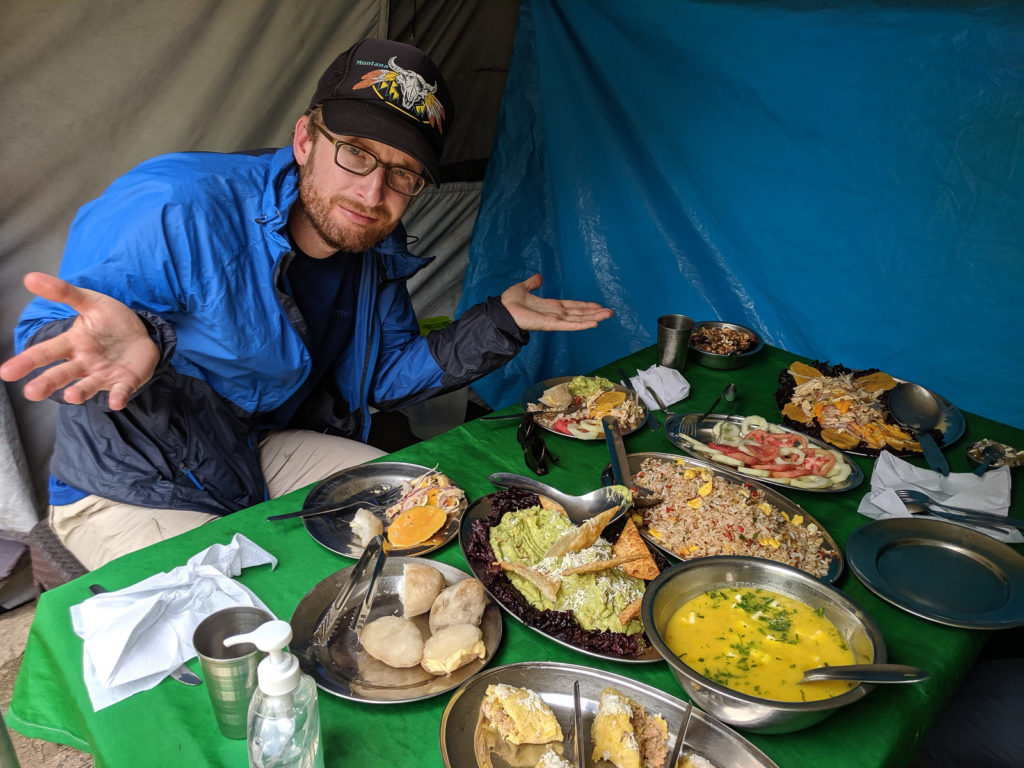
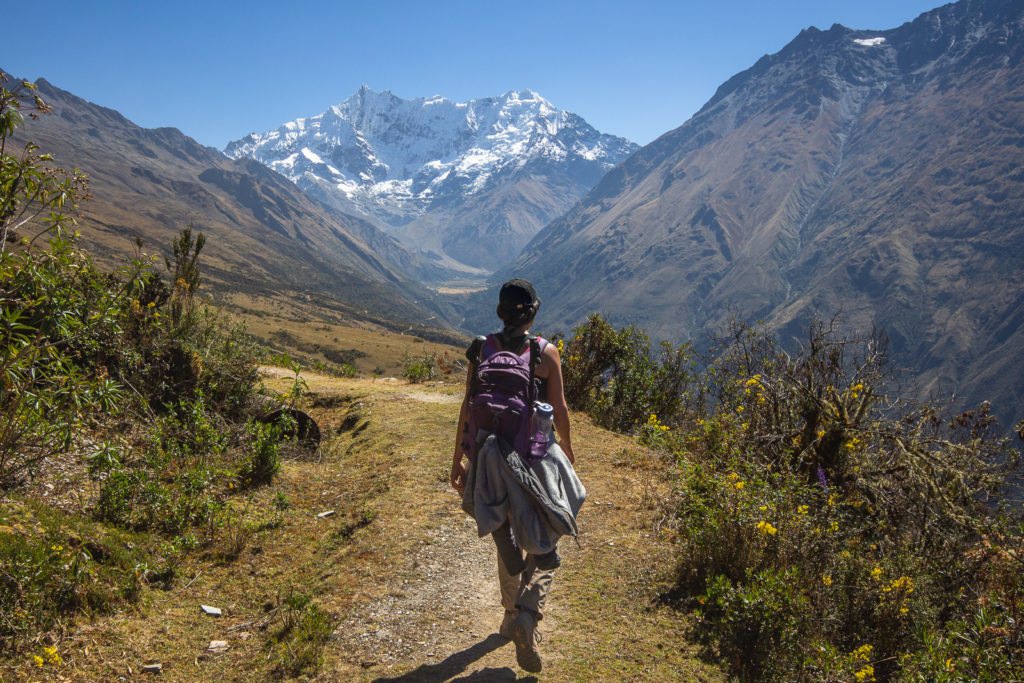

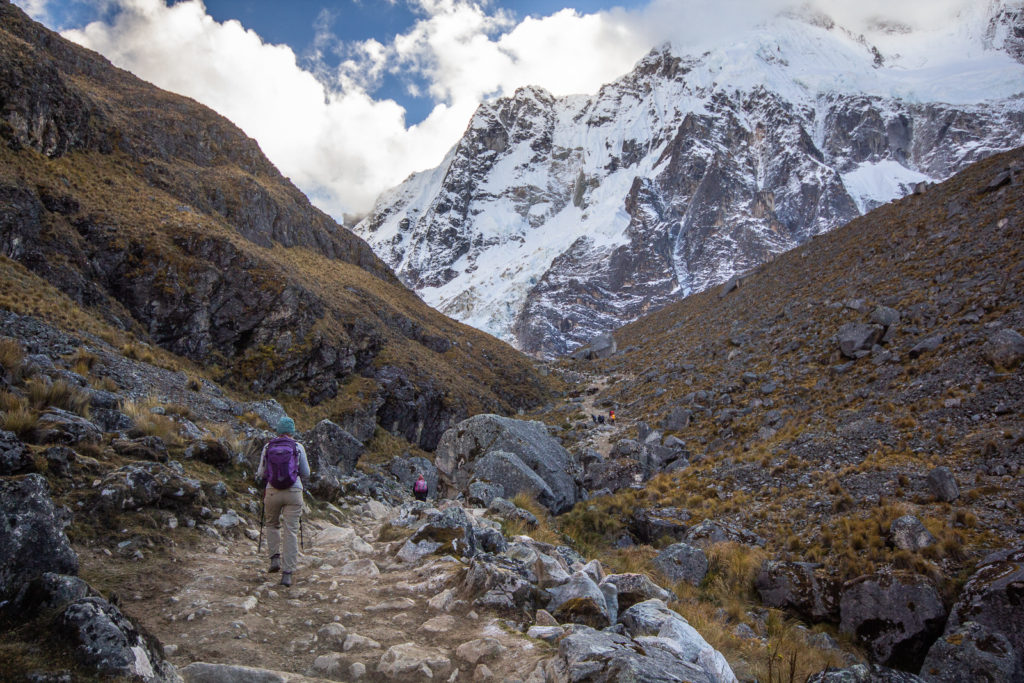
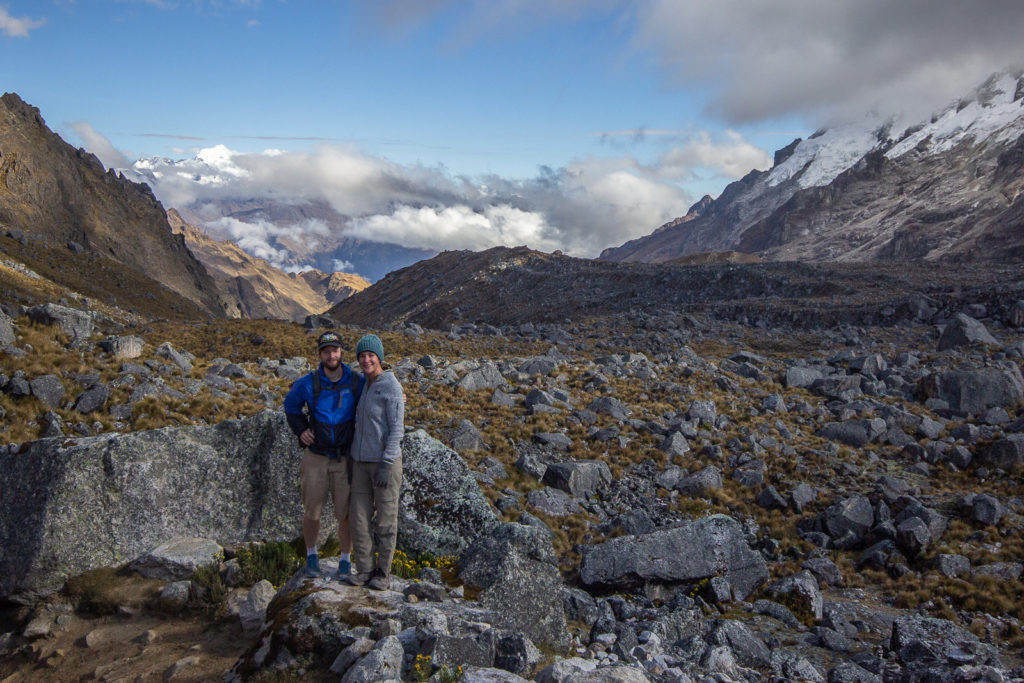
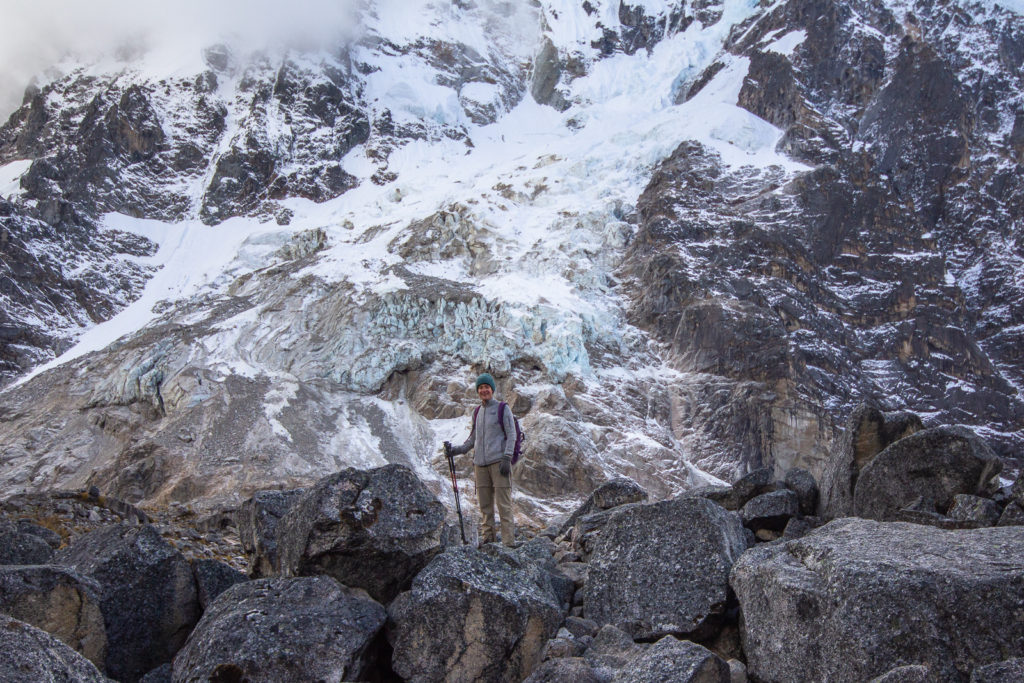
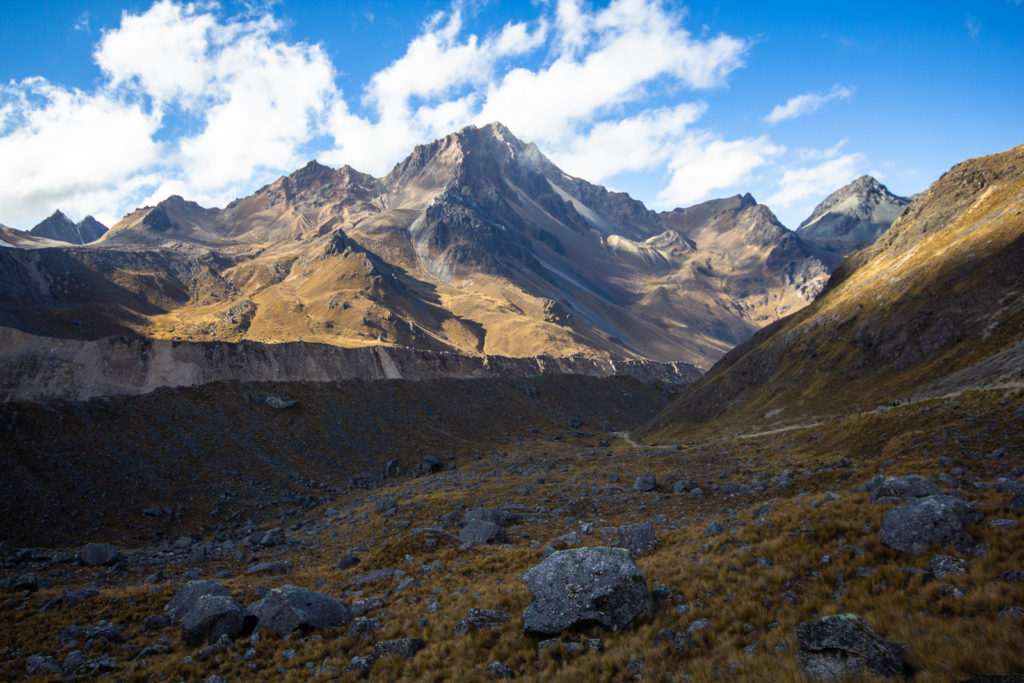
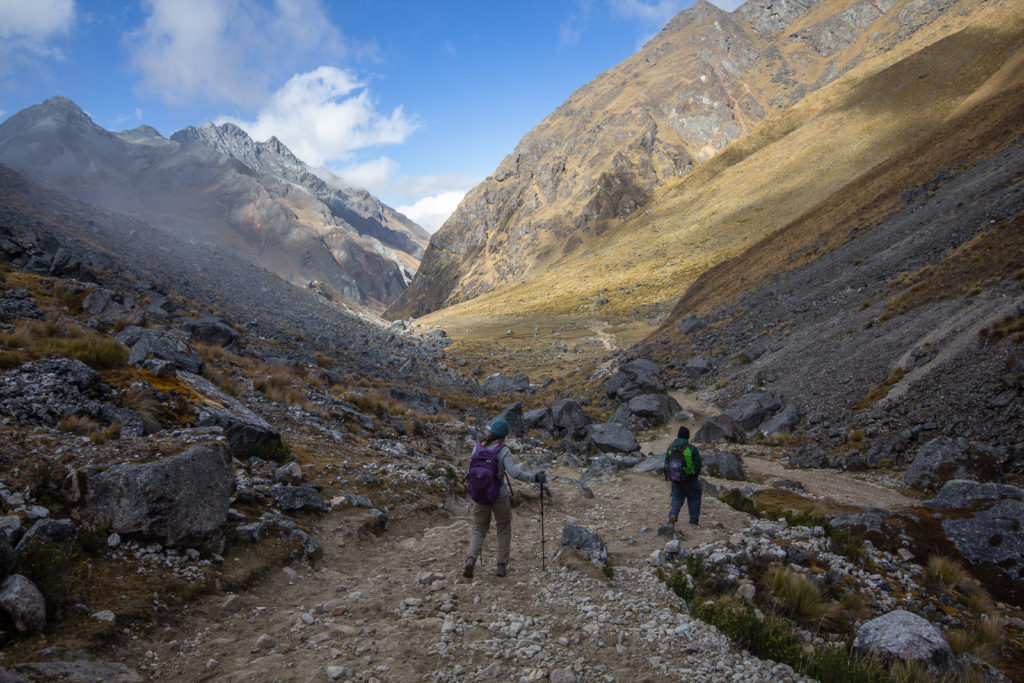
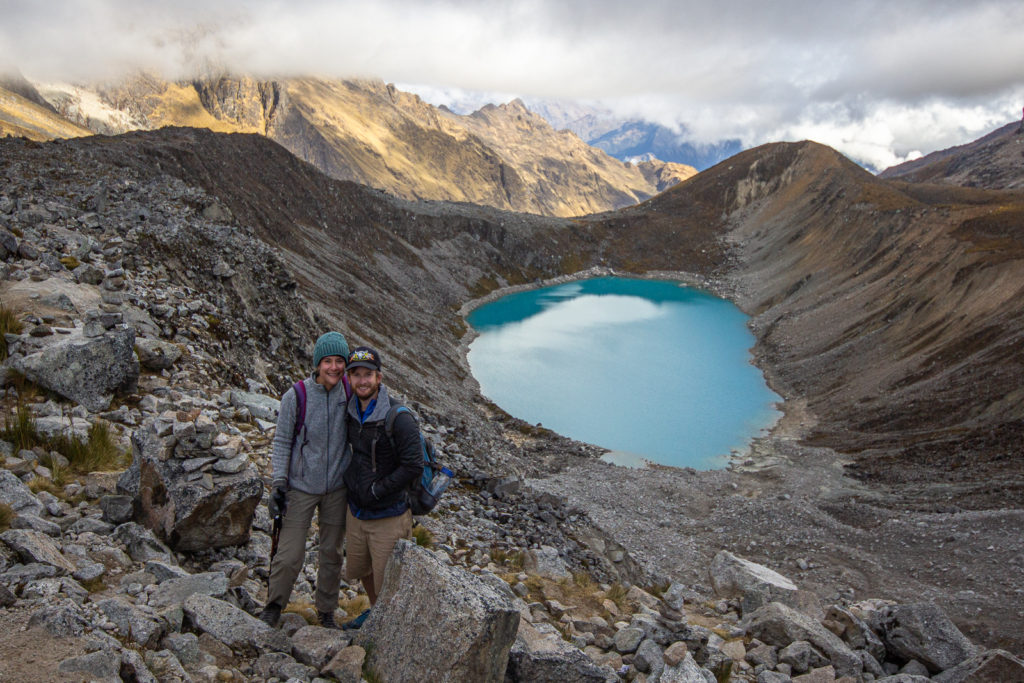



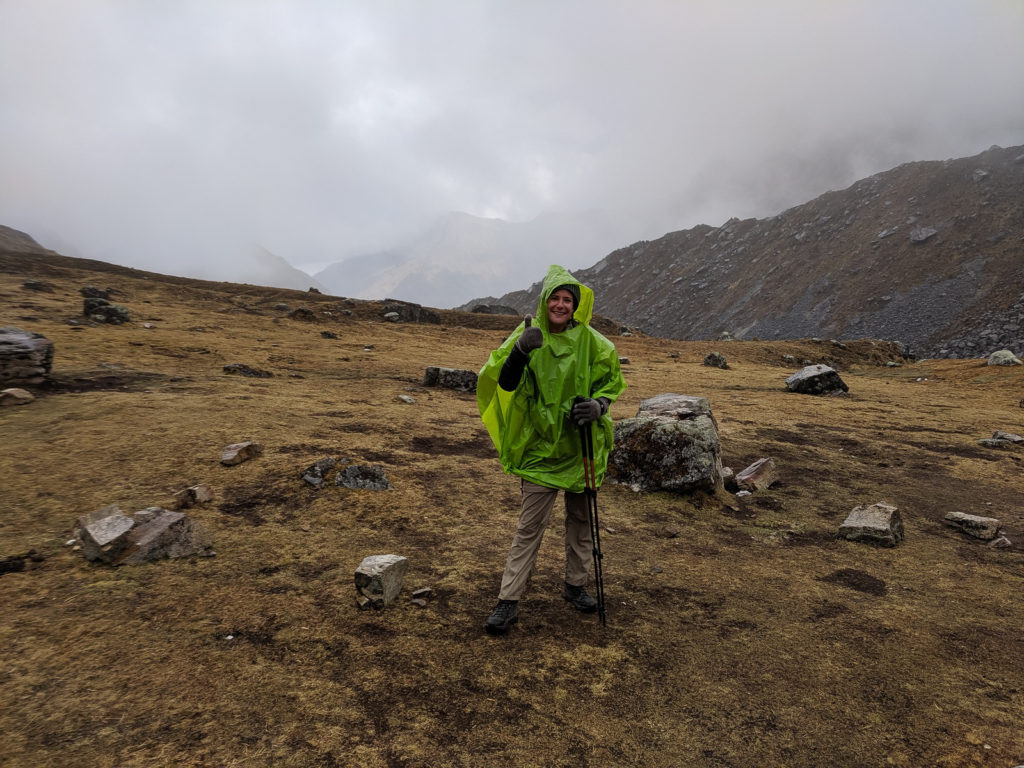
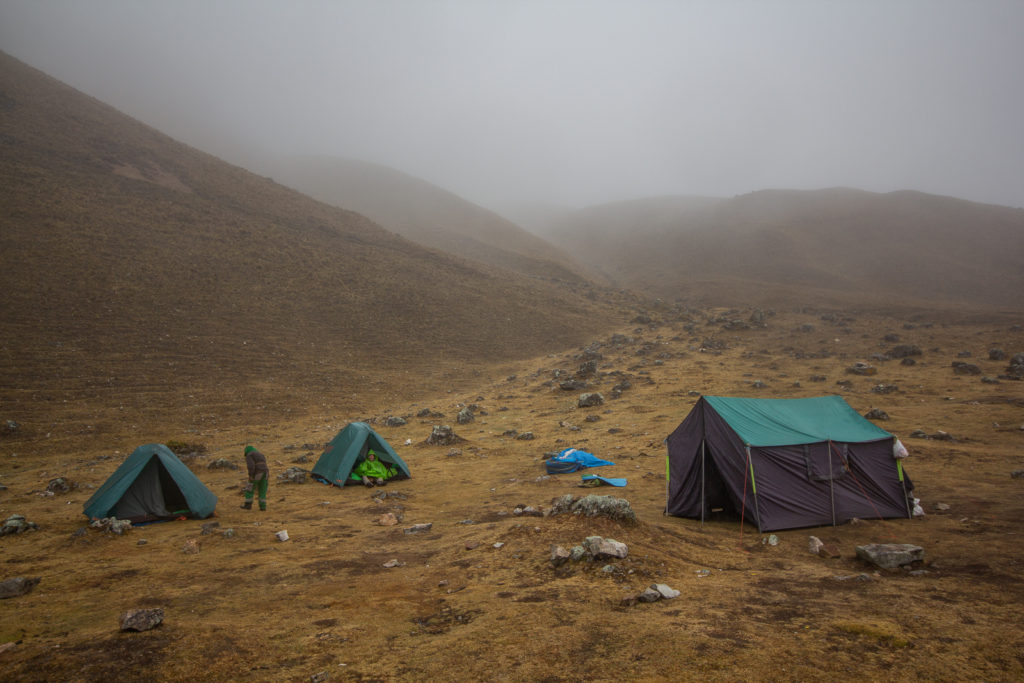
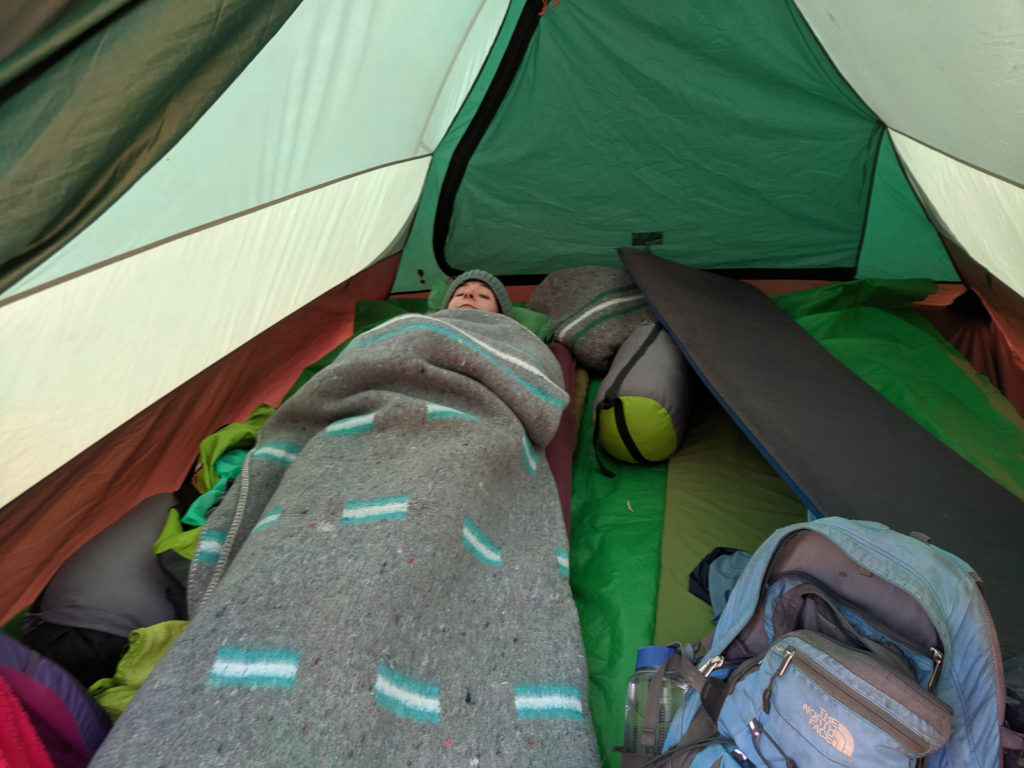


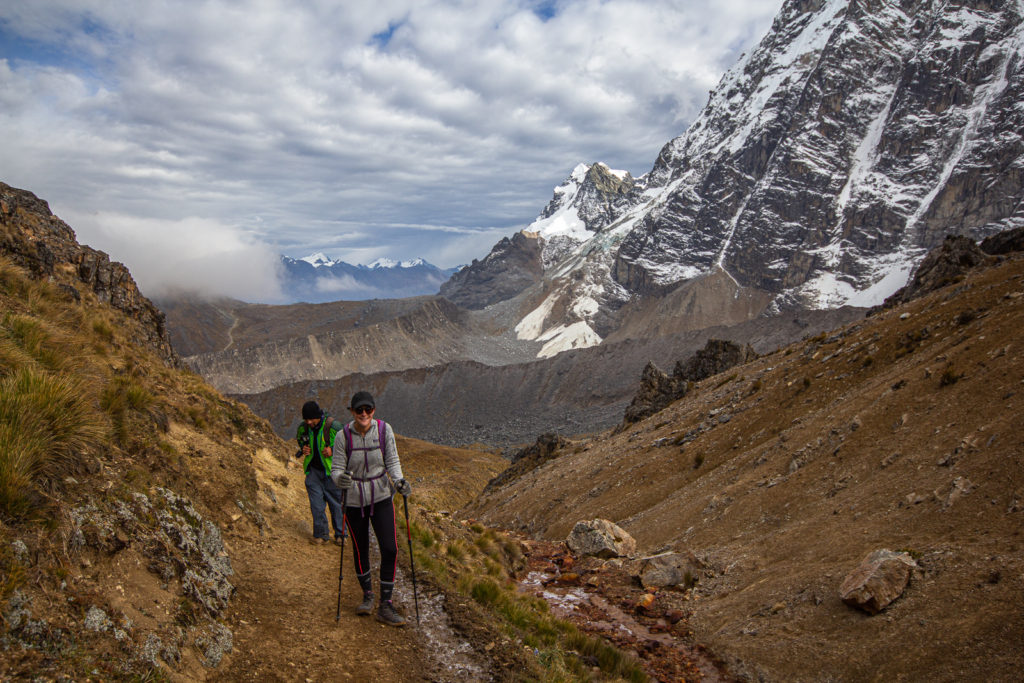

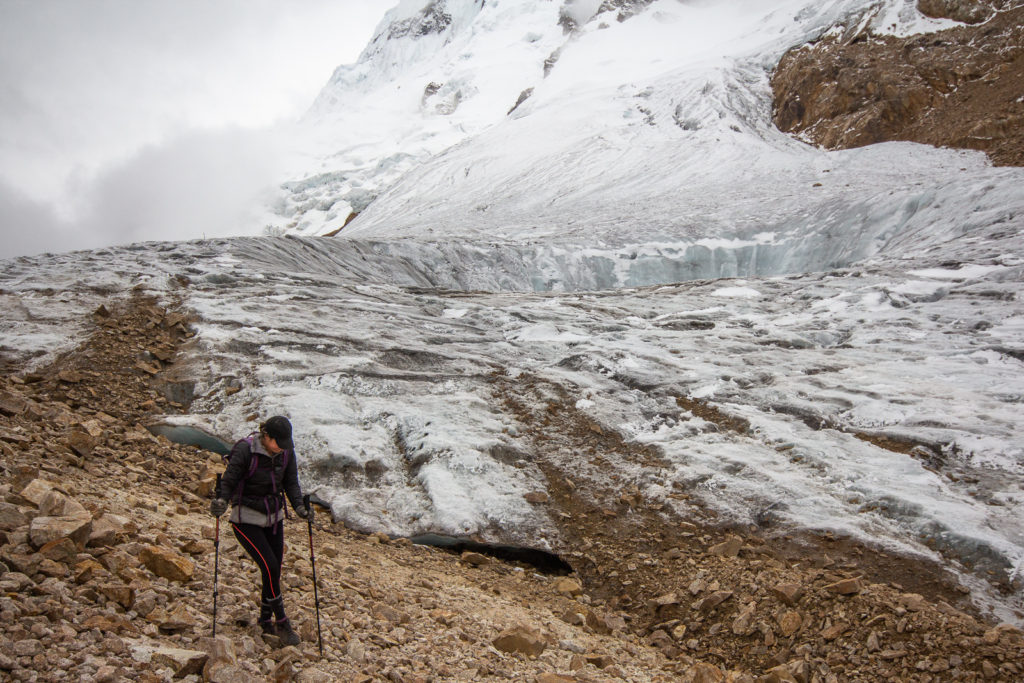
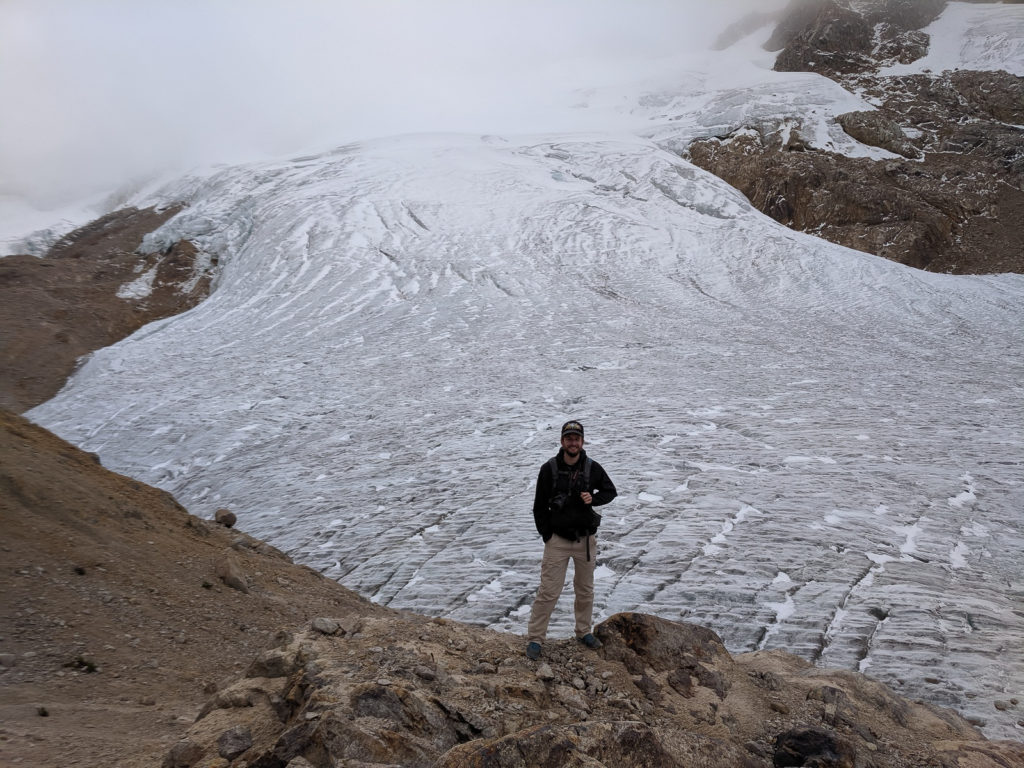
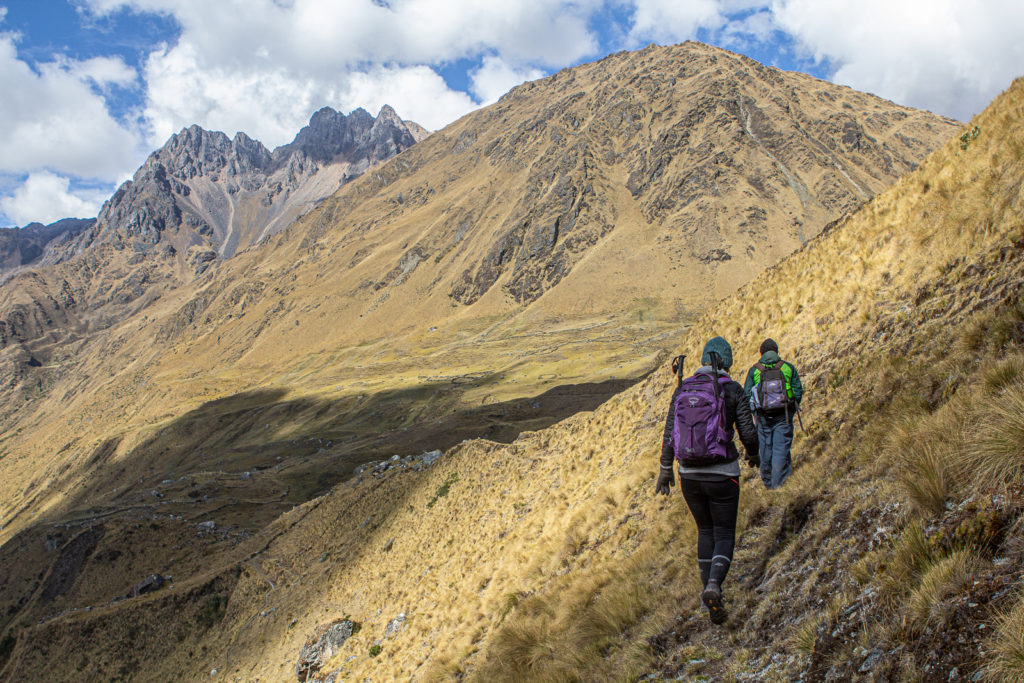
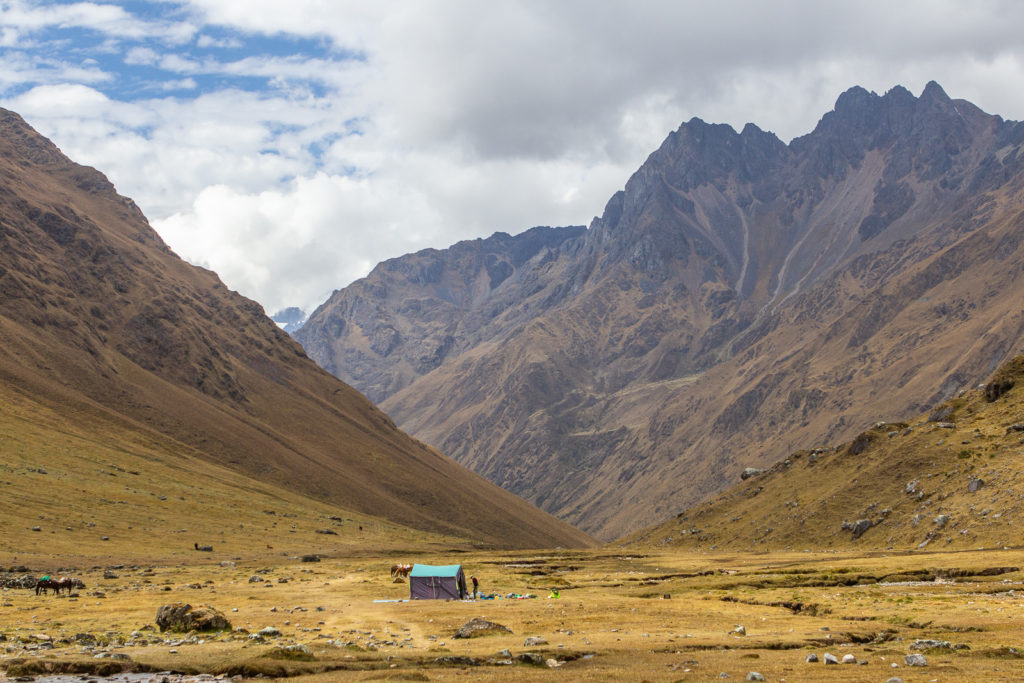
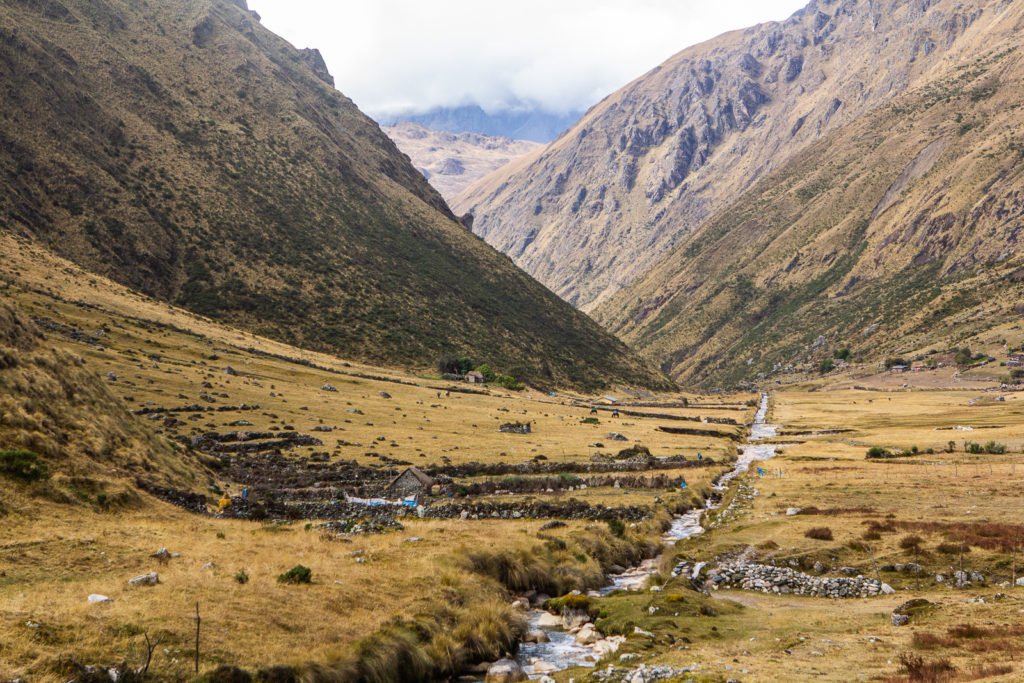

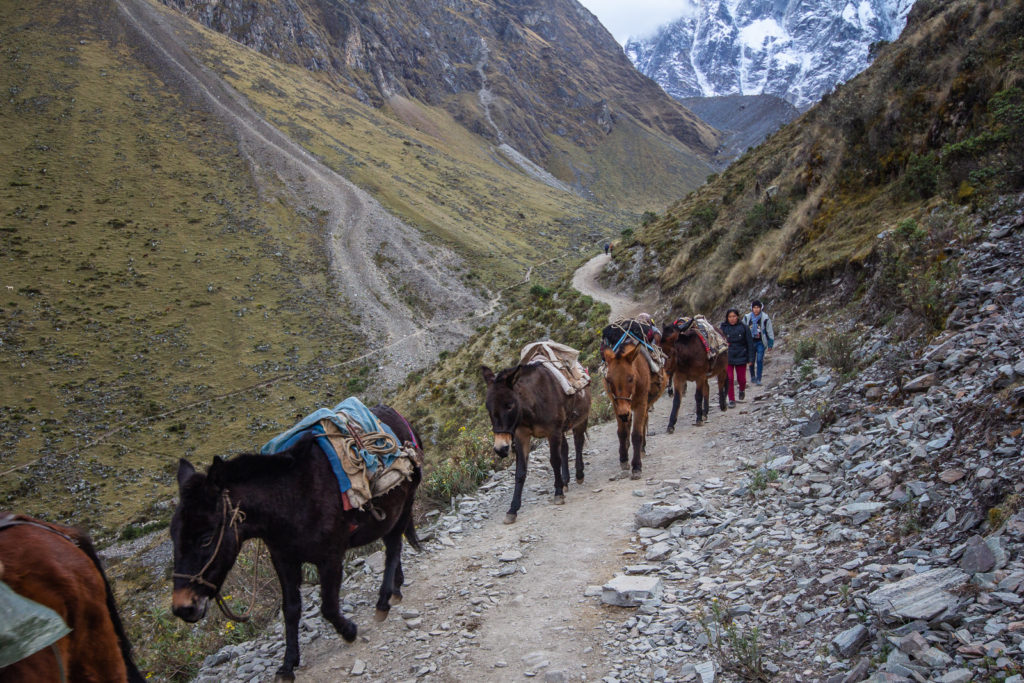
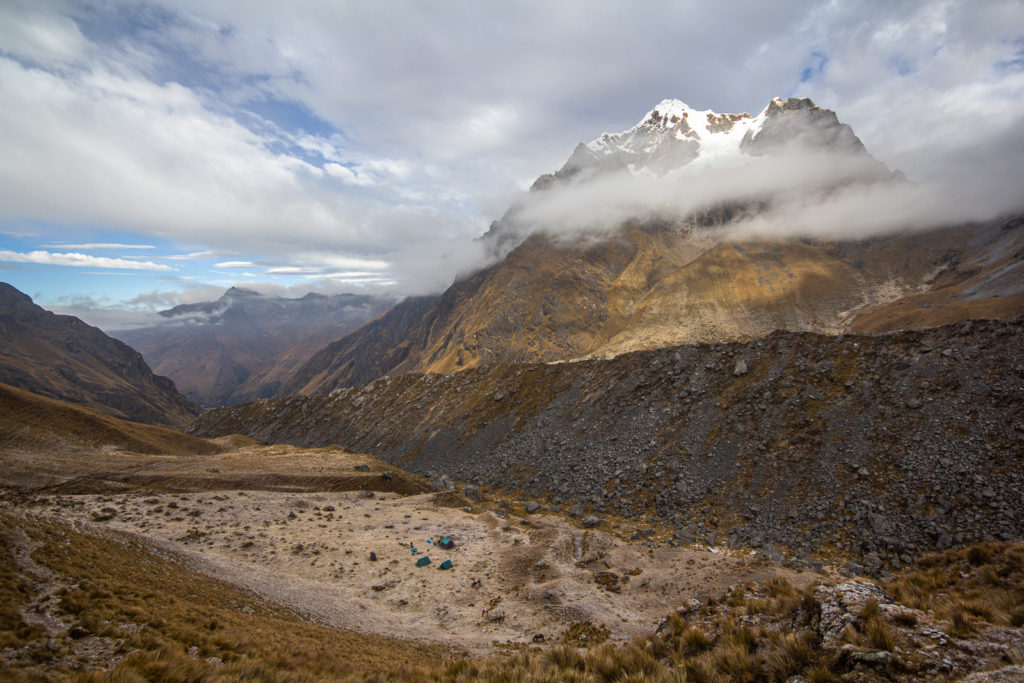
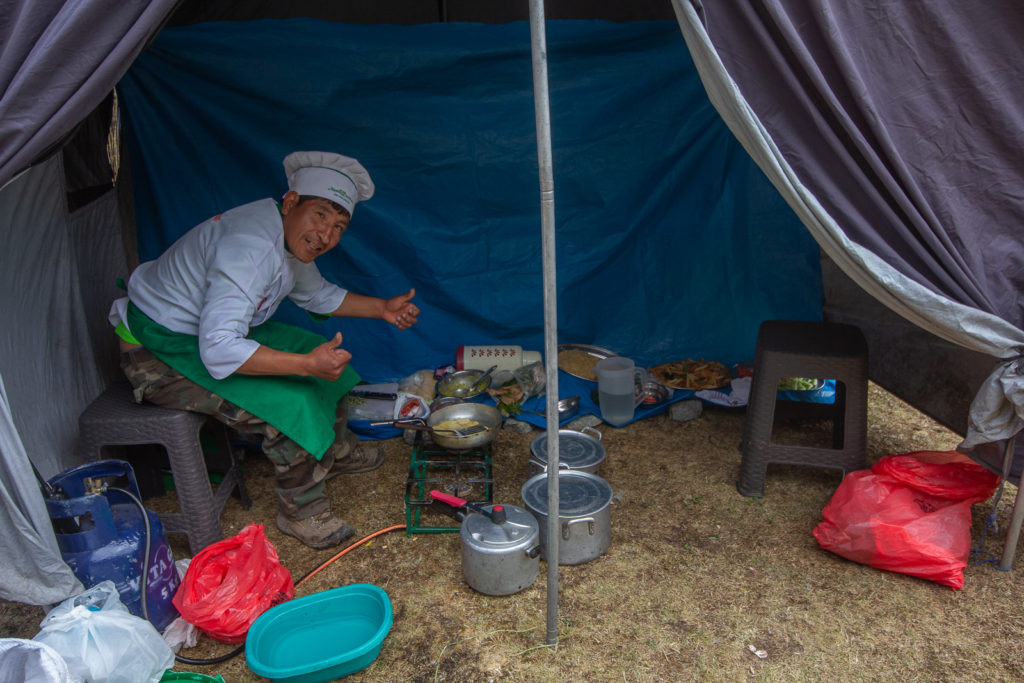
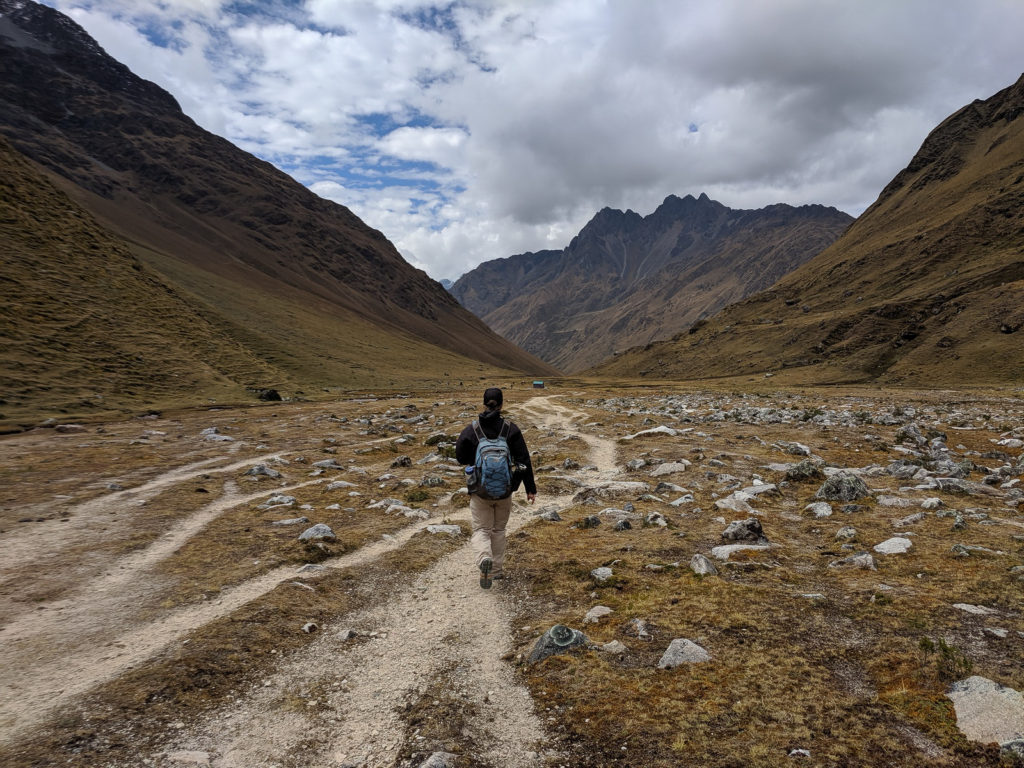
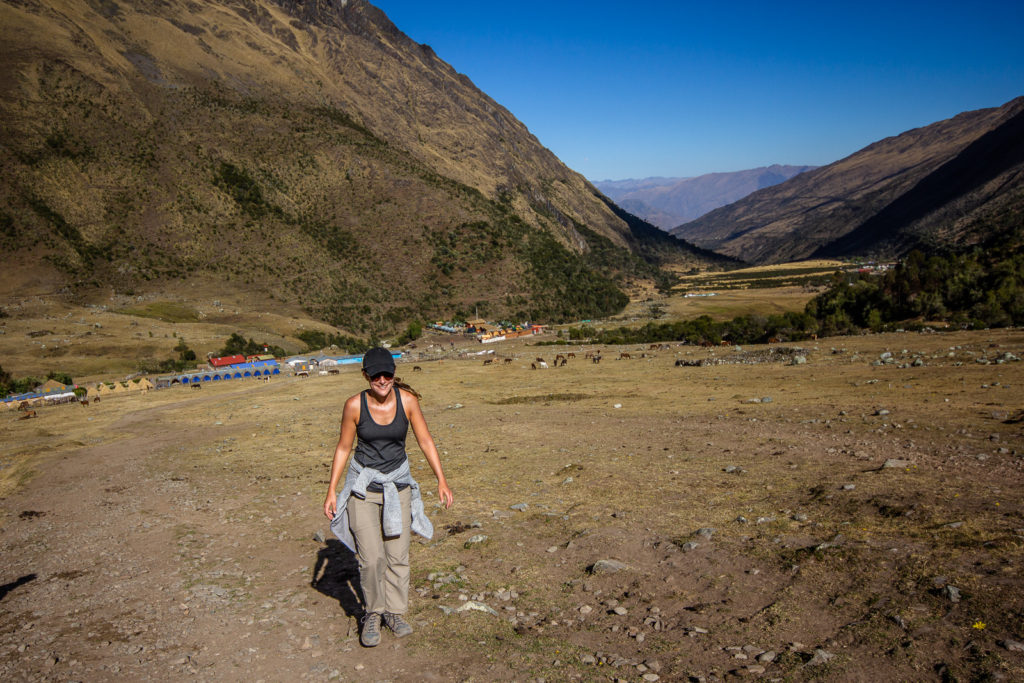
Leave a reply